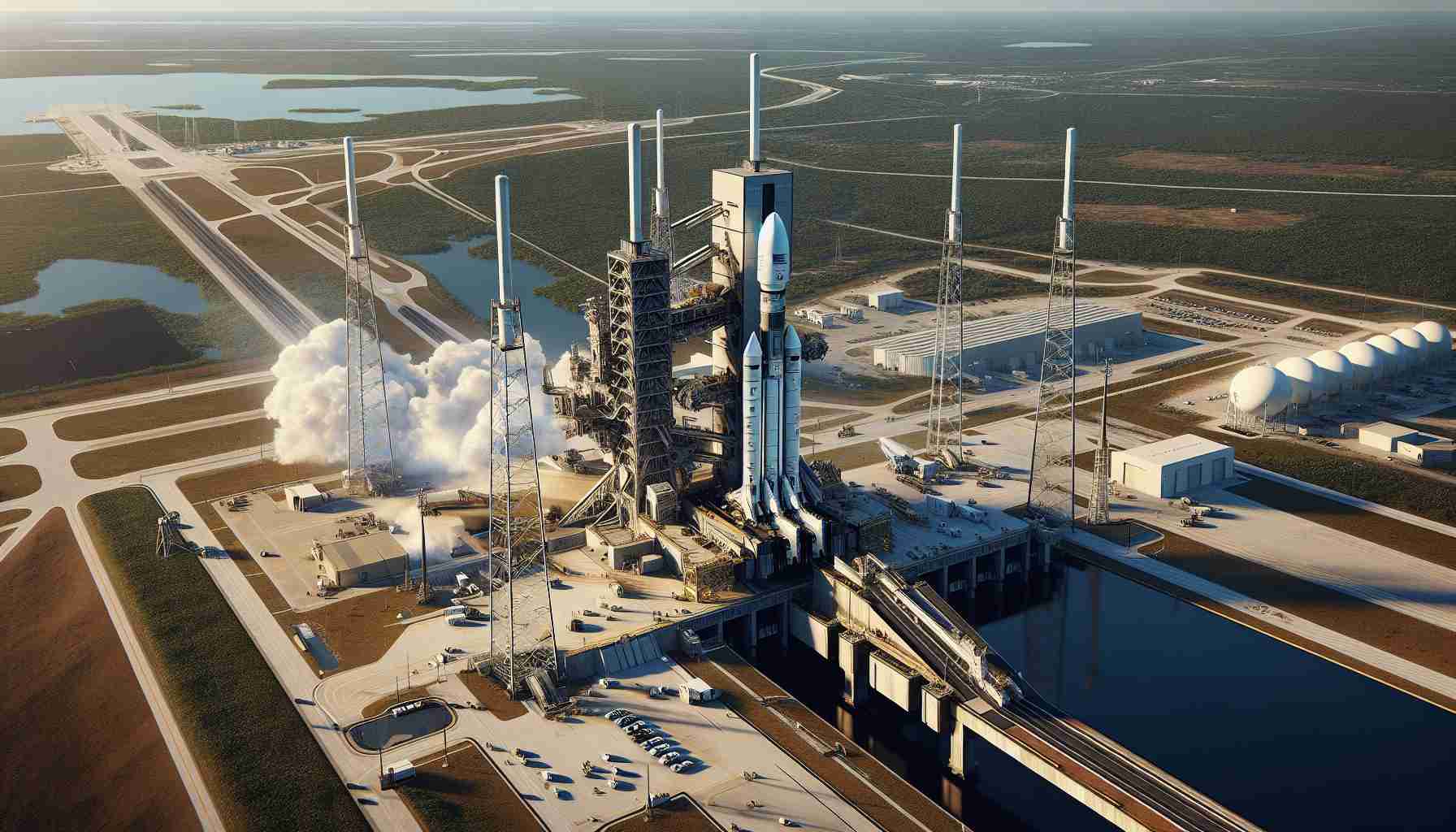
SpaceX is preparing for an afternoon launch of the Optus-X satellite, serving the telecommunications needs of Australia. This event is set to take place today, November 17, from the renowned Space Coast in Florida, specifically from NASA’s Kennedy Space Center’s Pad 39A. The Falcon 9 rocket is scheduled to lift off during a two-hour timeframe that commences at 4:29 p.m. EST.
Fans and followers of space exploration can catch the live stream of the event. SpaceX will begin broadcasting approximately 15 minutes before the scheduled launch time through its account on the platform X. If all operations proceed as planned, the first stage of the Falcon 9 will execute a controlled return, landing on the droneship “A Shortfall of Gravitas” located in the Atlantic Ocean approximately nine minutes post-launch.
This launch marks the 16th mission for this specific rocket booster. Notably, this booster has completed numerous successful flights, contributing significantly to the advancement of SpaceX’s Starlink satellite network in low Earth orbit. However, the Optus-X satellite will not be traveling to low Earth orbit. Instead, following its deployment, it will ascend to a geosynchronous transfer orbit, from which it will journey to a geostationary position situated 22,236 miles above the planet.
Looking ahead, SpaceX has a packed schedule. The company plans to conduct two additional launches in the upcoming days, including a Starlink mission and another satellite dedicated to Indian telecommunications.
SpaceX Launching Optus-X Satellite: A Major Step for Telecommunications
In a significant event for both SpaceX and the telecommunications sector, the Optus-X satellite will be launched today, November 17, from NASA’s Kennedy Space Center in Florida. This launch is notable not only for its technological implications but also for its broader impact on communication services provided to Australian consumers.
Key Facts about the Launch
– The Optus-X satellite is designed to enhance satellite communications in Australia and will provide essential services for both urban and rural regions, which are often underserved by terrestrial networks.
– The Falcon 9 rocket utilized in this mission has been instrumental in reducing costs associated with satellite launches, thanks particularly to its reusable first stage.
– This mission highlights SpaceX’s growing role in global telecommunications, not just as a launch provider but as an integral player in the operation and deployment of essential satellites.
Important Questions and Answers
1. What advantages does the Optus-X satellite provide?
– The Optus-X satellite is expected to improve data connectivity across Australia, benefitting everything from remote education to telehealth services, especially in rural and remote areas.
2. What are the challenges associated with this launch?
– One of the challenges includes the potential for adverse weather conditions. Launch delays due to storms or high winds can complicate launch schedules and operational planning.
3. Are there any controversies linked to SpaceX’s satellite launches?
– Yes, concerns about space debris and the impact of satellite constellations on astronomical observations remain significant topics of discussion among scientists and environmentalists.
4. How does SpaceX ensure the sustainability of its launches?
– SpaceX is actively working on its sustainability efforts by reusing rocket components, thereby minimizing waste and the environmental impact associated with manufacturing new hardware.
Advantages and Disadvantages of the Satellite Launch
Advantages:
– Improved Communication: The satellite will provide enhanced communication capabilities across Australia, potentially revolutionizing connectivity in rural areas.
– Cost-Effectiveness: SpaceX’s reusable launch technology reduces overall launch costs, making satellite deployment more economically viable.
Disadvantages:
– Space Debris Concerns: Increasing satellite launches can contribute to space congestion and raise the risk of collisions, creating more debris in orbit.
– Interference with Astronomy: The proliferation of satellites has led to concerns that they may interfere with astronomical observations due to their brightness and large number.
Looking Towards the Future
As SpaceX continues to conduct numerous launches, including the anticipated Starlink missions and other telecommunications satellites, the landscape of global connectivity is poised for transformation. The success of the Optus-X launch today could set the stage for more collaborative efforts in space between private companies and countries seeking to enhance their communication infrastructures.
For more information about SpaceX and its ongoing missions, visit SpaceX.



